It’s Time to Better Understand the LGBTQ+ Community
The “+” in LGBTQ+ covers the multitude of other genders and sexual orientations that LGBTQ+ community members may use to identify themselves.
November 17, 2020
Historically, the LGBTQ+ community has avoided public exposure to protect itself from homophobic and transphobic discrimination and harassment. In the year 2020, however, as acceptance of different lifestyles grows, more and more LGBTQ+ community members are ‘coming out of the closet’. Today, a large number of people see LGBTQ+ community members in public places, have family or friends who are part of the community, or are part of the community themselves. Still, the majority of cishet people — straight people who identify as their assigned gender at birth (AGAB) — still have much to learn about the growing minority that is the LGBTQ+ community.
LGBTQ is an acronym for Lesbian-Gay-Bisexual / Biromantic-Transgender-Queer. The “+” covers the multitude of other genders and sexual orientations that LGBTQ+ members may use to identify themselves. It is well known that a woman who is sexually or romantically attracted to other women is lesbian, and a man who is sexually or romantically attracted to other men is gay. Someone who is Bisexual or Biromantic is sexually or romantically attracted to both men and women — regardless of his or her own gender. People who are transgender were — as all humans are — born a male or a female, but at some point during their lives, realized that they better identify as the opposite gender. Members of the transgender community often change their names and pronouns to match their gender identity. For example, someone originally named Sarah who used to use “she / her” pronouns may now be called Jacob with “he / him” pronouns. In this case, Sarah becomes Jacob’s “deadname”. Queer is an umbrella term for the entire LGBTQ+ community.
Those who respect and support the LGBTQ+ community are called allies. Allies include cishet people and other members of the LGBTQ+ community. During the month of June, the LGBTQ+ community members and their allies proudly celebrate their sexualities and gender identities with colored flags and rainbows at Pride parades.
Despite the work of the LGBTQ+ community and its allies through various global organizations — such as the Gay-Straight Alliance (GSA) — many people believe that LGBTQ+ community members are in a “phase”. These people argue that LGBTQ+ community members will realize that they are their AGAB and straight if they spend more time with their assigned gender at birth.
Many of these critics lack an understanding of the life of an LGBTQ+ community member. Emily*, an 18-year-old transgender female, describes gender dysphoria through a metaphor of a scarf: “Imagine your grandmother comes to pay a visit, and she brings you a handmade scarf. You can obviously tell it is a beautiful scarf with a lot of love put into it, and you like it, however you simply are not a scarf kind of person. You don’t wear scarves, it just isn’t for you. You aren’t against them, there is nothing wrong with scarves, or the one your grandmother made, it just isn’t you. That’s what gender dysphoria is for me. There is nothing wrong with being a male, it just isn’t me; I am a girl.”
Emily’s friend, Max*, has been openly transgender for a little over a year. In response to those who claim that being transgender is a sin, choice, or phase, Max elaborates on Emily’s scarf metaphor. “I don’t know what else to say. The tormentors [bullies at my school] claim that I can just… not be a girl, and that isn’t how it works. Yeah, I can wear the scarf Grandma knitted, and look happy, but in truth, I hate it, and want to get it off. I didn’t choose to be like this. I didn’t randomly decide to be a girl, but now, [deadname] is truly dead, and I, Max, am very happy.”
With the exception of the bullying they face at school, Emily and Max have generally been accepted and embraced by their families, friends, and the school community at large. Unfortunately, not all members of the LGBTQ+ community are as lucky. Many LGBTQ+ community members are subject to physical and verbal harassment; transgender community members are often called by their deadname, and feel awkward when using the bathroom.
Homophobia and transphobia ruin the lives of many members of the LGBTQ+ community. In order to create a world in which LGBTQ+ community members are able to live freely and without fear, more people need to educate themselves on and stand as allies with the LGBTQ+ community.
* Names have been changed due to the personal and sensitive nature of this topic.

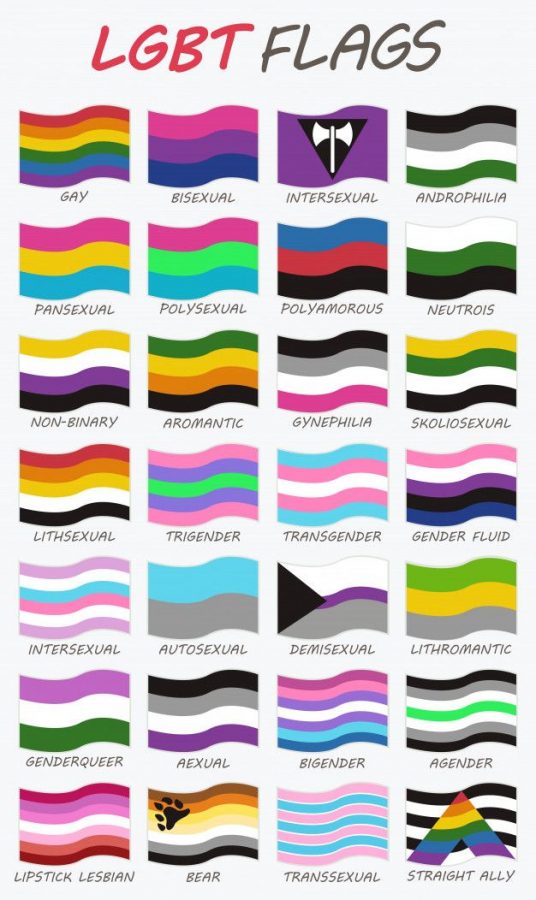
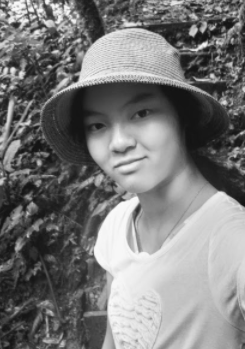
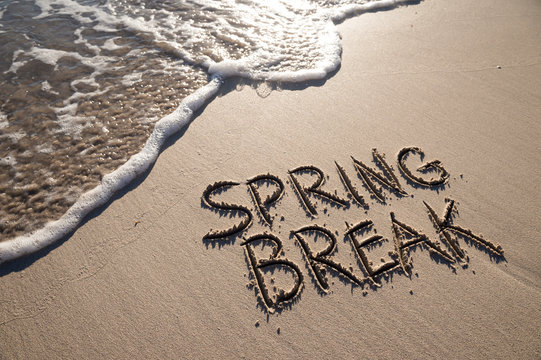
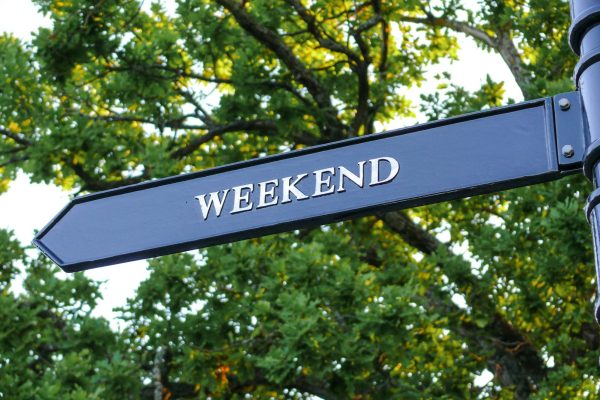
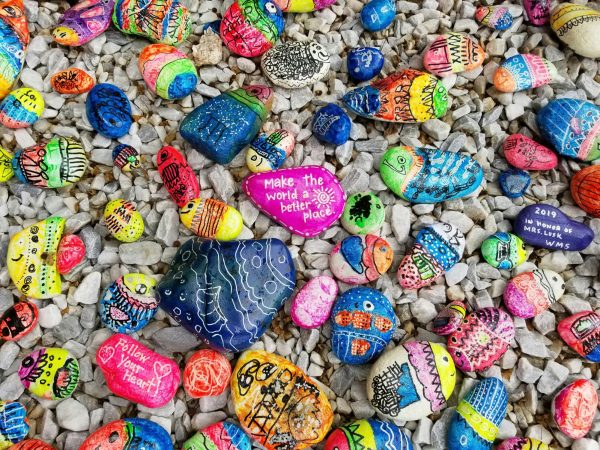
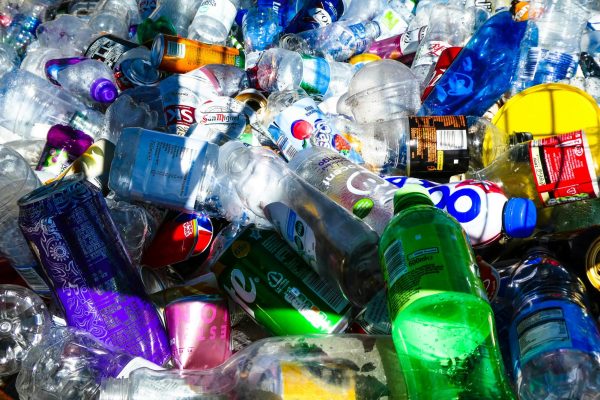
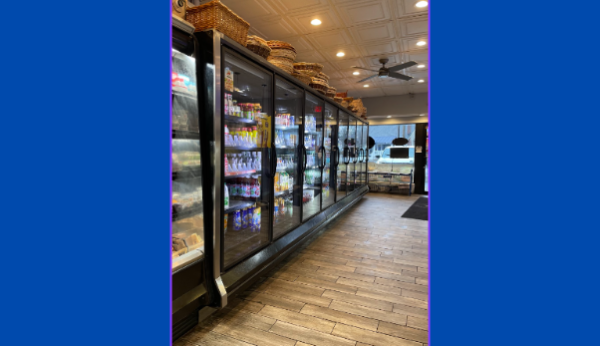
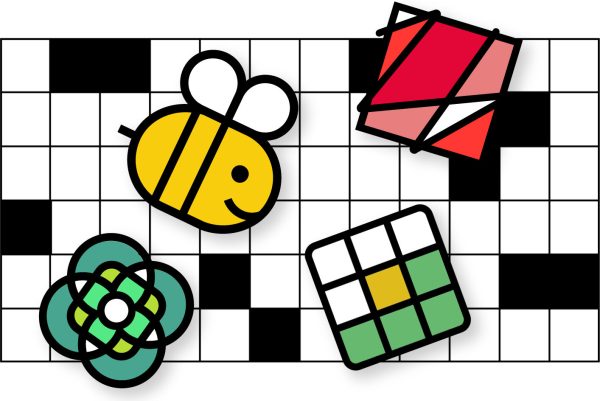
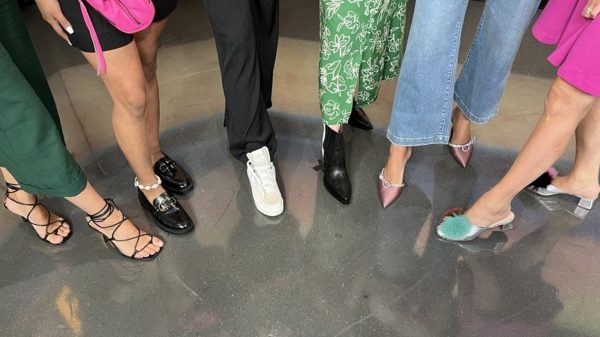
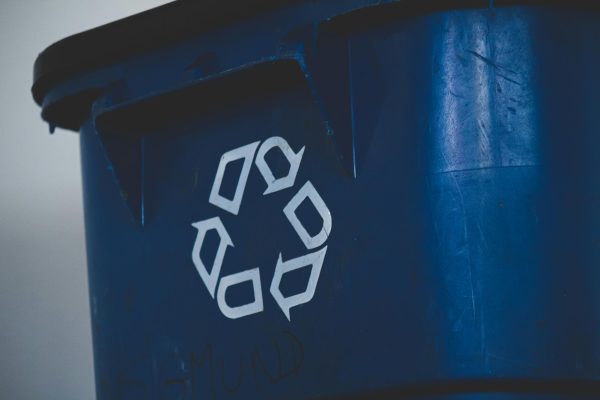
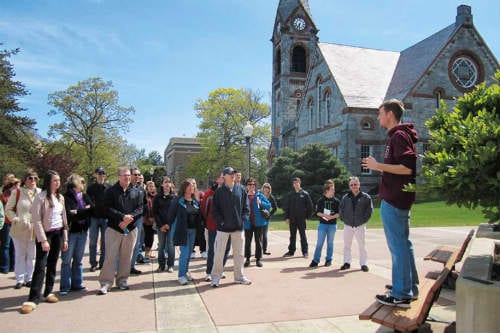

William • Sep 27, 2021 at 2:17 am
I love this content ️️️